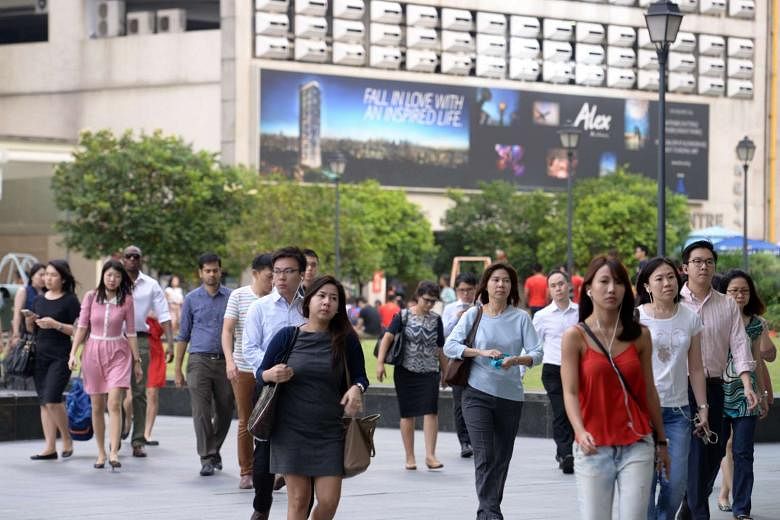THEY might disagree on whether Chinese President Xi Jinping will show a softer side next year or whether Abenomics is losing steam or if Indonesia's new hope Joko Widodo can replicate his Jakarta success in his new digs at the Istana Negara.
But there was one thing that the array of experts gathered at the Shangri-La Hotel for this year's Straits Times Global Outlook Forum had little difficulty agreeing with: Asia is on the upswing.
Not just for next year, but for years to come, thanks to a combination of factors.
Professor Kishore Mahbubani, dean of the Lee Kuan Yew School of Public Policy, struck a chord with the 400-strong audience at last Friday's forum when he tantalised them with a glimpse of what he called a "postcard from the future".
"If you go to any American university today and you watch as the PhD graduates in science and engineering walk on the stage, you'd be astonished at the number of Chinese and Indian names. That's a postcard from the future that tells you who's going to be leading this revolution in the future," he said.
What he left unsaid is widely known - that many of these graduates are returning home with their American diplomas to pursue opportunities greater than those in the United States.
The veteran diplomat and author of several books on Asia forecast a "new golden era of peace and prosperity" for the continent.
The numbers are telling: Asia's middle-class population is poised to grow from 500 million in 2010 to 1.75 billion in 2020. "Pessimistic Western consumers will not drive global demand. Instead, the optimistic Asian consumers will gradually pick up global demand," he said.
For Indonesia's leading economist Mari Pangestu, the trend spelt a clear message for Asean. "It means Asean economic integration is no longer just about a regional production base but Asean is now becoming a final market."
The transformation is being forged by pragmatic, reform-minded leaders who prioritise national development goals, experts agreed. Prof Mahbubani described the arrival on the scene of China's President Xi, India's Prime Minister Narendra Modi and Indonesia's President Joko as an "unbelievable accident of history" which will provide a boost to Asia's growth prospects.
While powerful national leaders make big headlines, it is cities that drive wealth and innovation. By 2030, some 55 per cent of Asians will be living in cities.
The clout of cities goes beyond their economic heft, however, and in future, it is conceivable that the city one is from might matter more than one's nationality.
"The networks between cities will overcome the geopolitical differences," said Prof Mahbubani.
Not just that, he said, Asian cities like Shanghai were eclipsing their Western counterparts. "You want to see the past, you go and see London and Paris. You want to see the future, stay in this region," he said.
Singapore, in particular, was a "natural" capital for the Asian century, just as London served as one for the European century in the 1800s and New York the American century in the 1900s.
It is the one global city in Asia where the four major civilisations - the Chinese, Indian, Islamic and Western - interact, Prof Mahbubani said.


